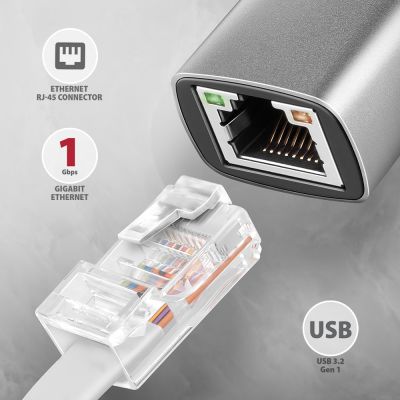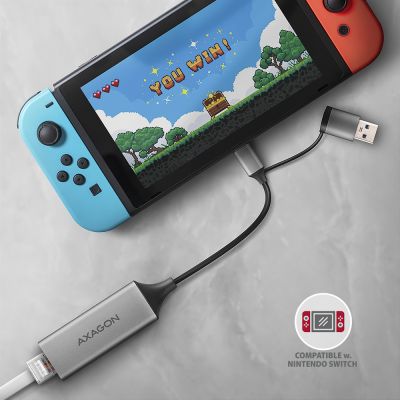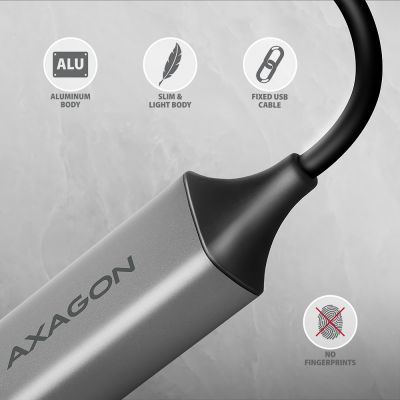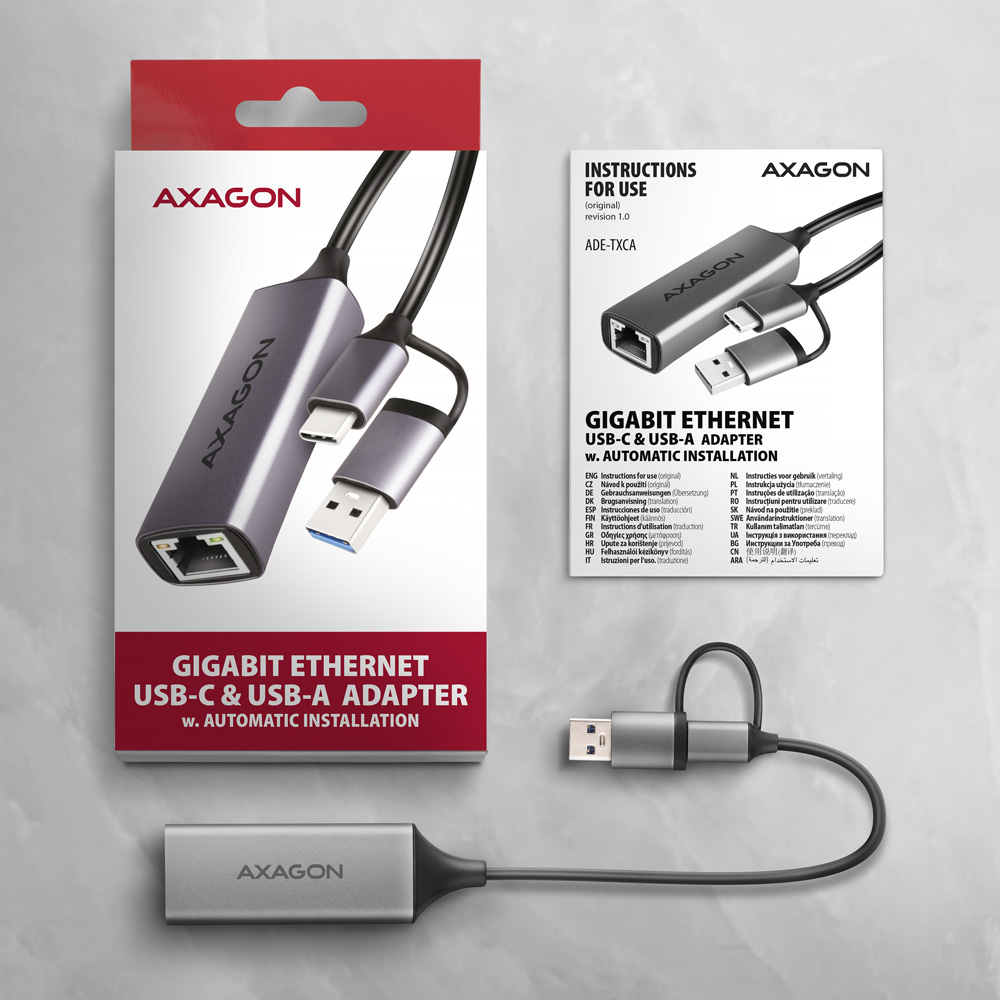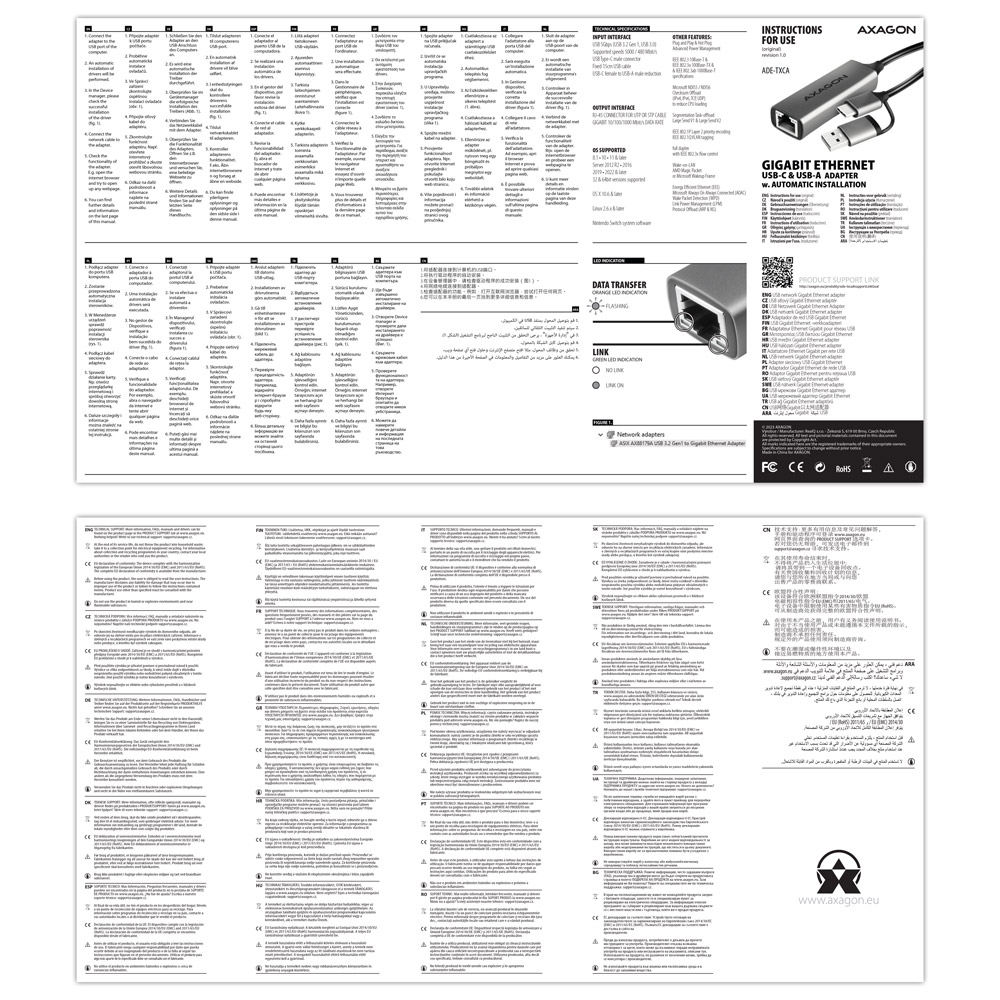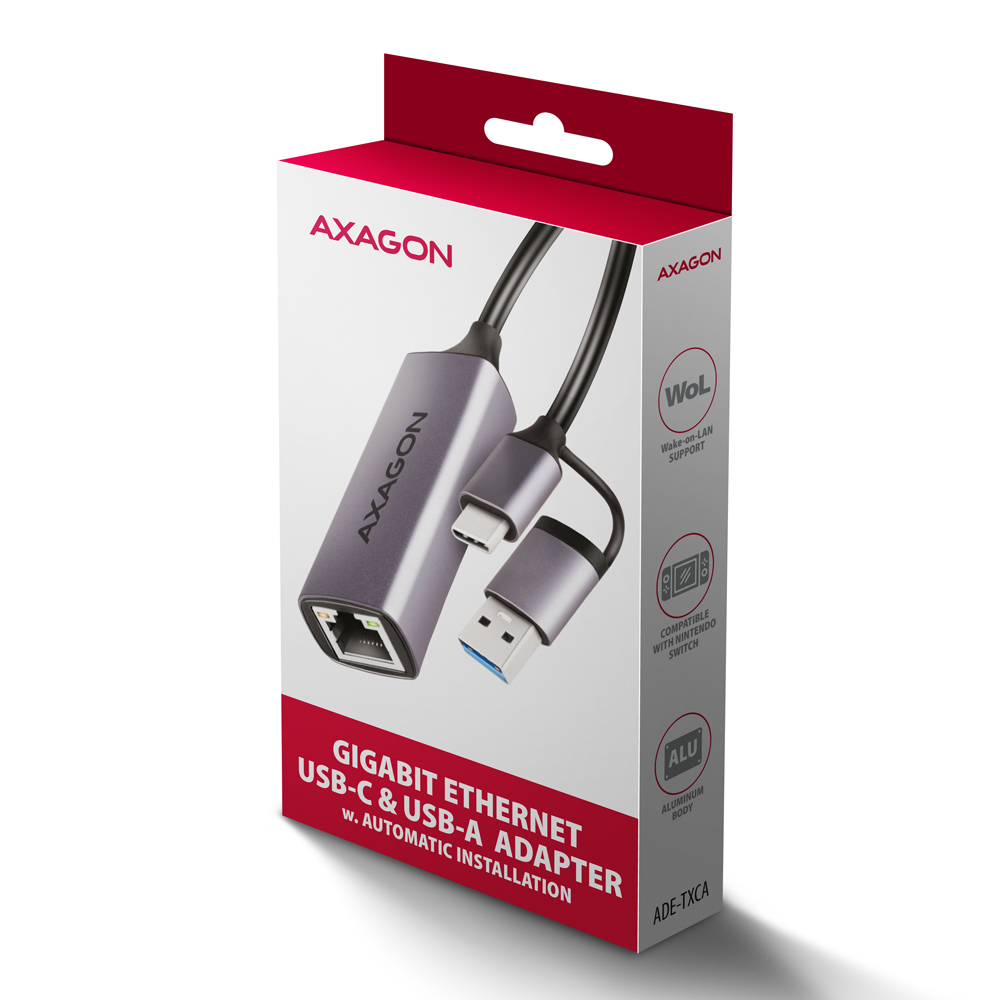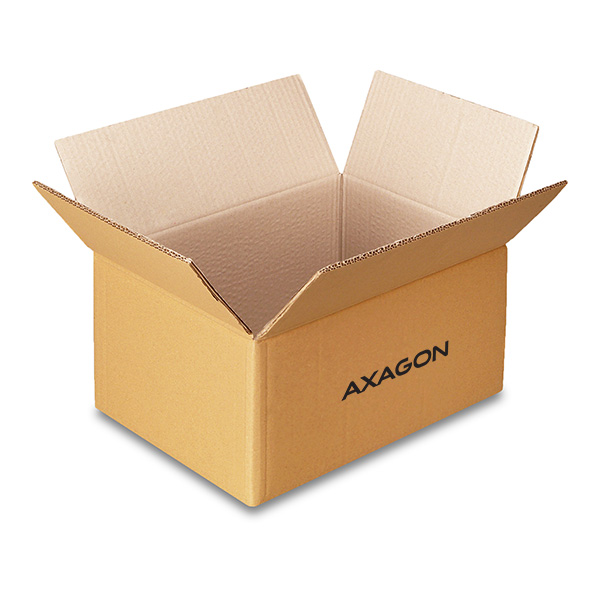The external network card AXAGON ADE-TXCA easily converts USB-C or USB-A 3.2 Gen 1 port to Gigabit Ethernet port. Thanks to the cable with USB-C connector, on which the USB-C -> USB-A reduction is attached, you can connect the Ethernet adapter to any computer, tablet or phone. USB network adapter compatible with 10/100/1000 Mbit/s expands the computer with a fast and stable network connection, adds the missing RJ-45 network connector, adds another network card, or replaces the original non-functional network connection.
In addition to gigabit throughput, the LAN adapter offers a wide range of features such as IPv4/IPv6 checksum to reduce CPU load by checksums, the crossover detection and auto-correction, TCP large send offload, support for various modes of the Wake-on-LAN feature, the work with VLAN and advanced Power Management features.
The metal adapter cover is made of aluminum and provides perfect mechanical protection and excellent heat dissipation. Due to its minimal dimensions and weight, it is an ideal accessory for laptops and other mobile devices. The support for current versions of Windows, macOS, and Linux, Chrome or Android operating systems allows it to be used for any desktop, laptop or ultrabook equipped with a modern double-sided USB Type C connector or a classic USB-A connector. In Windows from version 8.1 and above, the adapter enables easy automatic installation without the need for an Internet connection. The Ethernet adapter will also be used by users of tablets or mobile phones supporting the possibility of a wired Ethernet connection. In addition, thanks to the chip used, the adapter is also supported by the operating system of Nintendo Switch game consoles.
Input:
• USB 5Gbps (USB 3.2 Gen 1 / USB 3.0).
• Backward compatible with USB 480Mbps (USB 2.0) and USB 1.1.
• Compatible with Thunderbolt 3 and 4.
• Connection to a computer, mobile phone or tablet via a USB-C male connector or with a connected adapter via a USB-A male connector.
Output:
• Gigabit Ethernet interface with RJ-45 connector for UTP or STP cable connection.
• Supported transmission rates for the Ethernet interface 10/100/1000 Mb/s.
• Supported IEEE 802.3 10Base-T, IEEE 802.3u 100Base-TX, IEEE 802.3ab 1000Base-T specifications.
• 10/100/1000 Mb/s auto-detection.
• Supports IPv4 / IPv6 packet Checksum Offload Engine (COE) to reduce processor load, including IPv4 IP/TCP/UDP/ICMP/ IGMP & IPv6 TCP/UDP/ICMPv6 checksum control and generation.
• Supports TCP Large Send Offload V1 and V2.
• Supports IEEE 802.1P Layer 2 priority encoding & decoding.
• Supports IEEE 802.1Q VLAN tagging.
• Supports IEEE 802.3az EEE (Energy Efficient Ethernet) - reduce power consumption at rest.
• Supports Jumbo frame.
• Supports Auto MDI/MDIX - crossover detection and auto-correction eliminates the need for crossover cables.
Other features:
• Full Plug and Play and Hot Plug support.
• Supports CDC-ECM – for automatic installation of drivers across different OSs.
• CDC-NCM support - for native support without driver installation in iOS/iPadOS/macOS/Linux.
• Adapter power supply via USB (bus power) - no auxiliary power supply required.
• Two LEDs to indicate network activity and the adapter's connection to the network.
• Dimensions 76 x 24 x 16 mm.
• Weight 34 g (incl. cable and reduction).
• USB cable length 15 cm.
• ASIX AX88179A chipset is used.
Wake-on-LAN feature support in different modes:
• Supports sleep mode and remote Wake Up via Magic Packet, Microsoft Wakeup Frame and Link Change Wake-up.
• Supports Bonjour wake-on-demand.
• Supports Wakeup Packet Indication.
• Supports Microsoft Modern Standby.
• Advanced Power Management features:
• The adapter supports advanced power management to reduce losses during standby or light traffic on the network. It further supports advanced power saving when the Ethernet cable has been disconnected.
• Supports Power Management offload (ARP & NS).
• Supports ECMA-393 proxZzzy® standard for sleeping hosts to manage the network connection of sleeping guests using proxy servers.
Supported operating systems:
• Windows, macOS, iPadOS, iOS, Linux, Chrome OS, Nintendo Switch system software and Android (WARNING - check with the Android device manufacturer if the Ethernet connection is supported).
Package contains:
• USB - Gigabit Ethernet adapter with fixed 15 cm long USB-C cable and USB-C / USB-A reduction,
• multilingual manual CZ / DE / DK / ENG / ESP / FIN / FR / GR / HR / HU / IT / NL / PL / PT / RO / SK / SWE / TR / UA / BG / CN / ARA,
• packed in a cardboard box with a hanging hole.
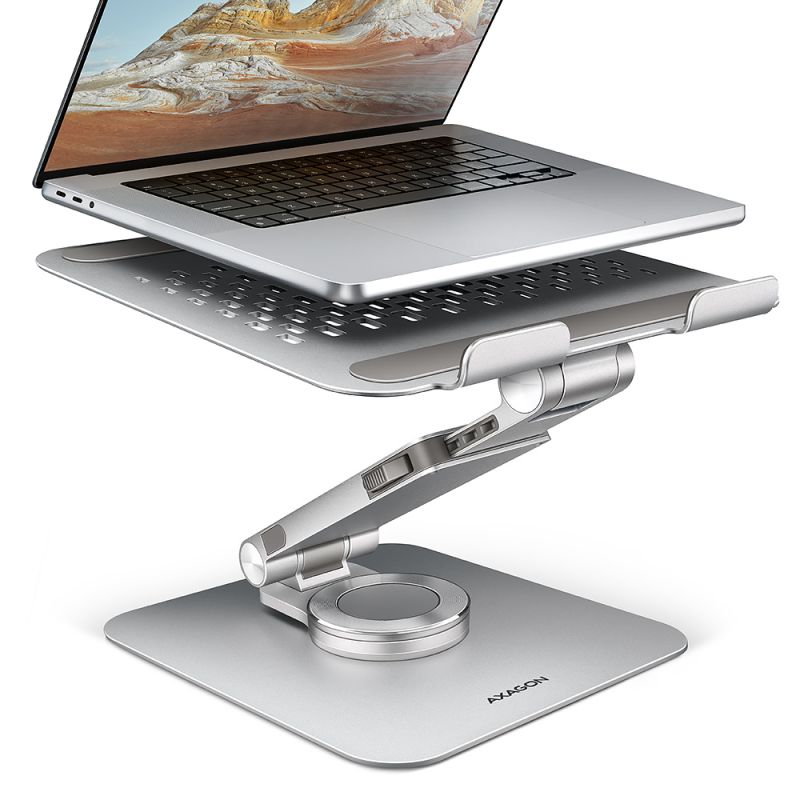
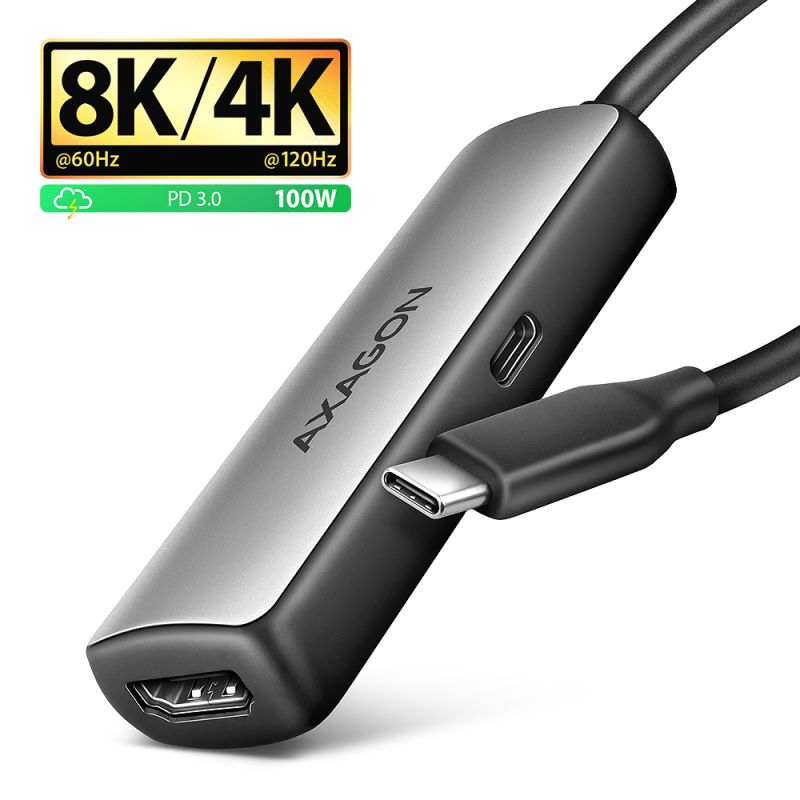
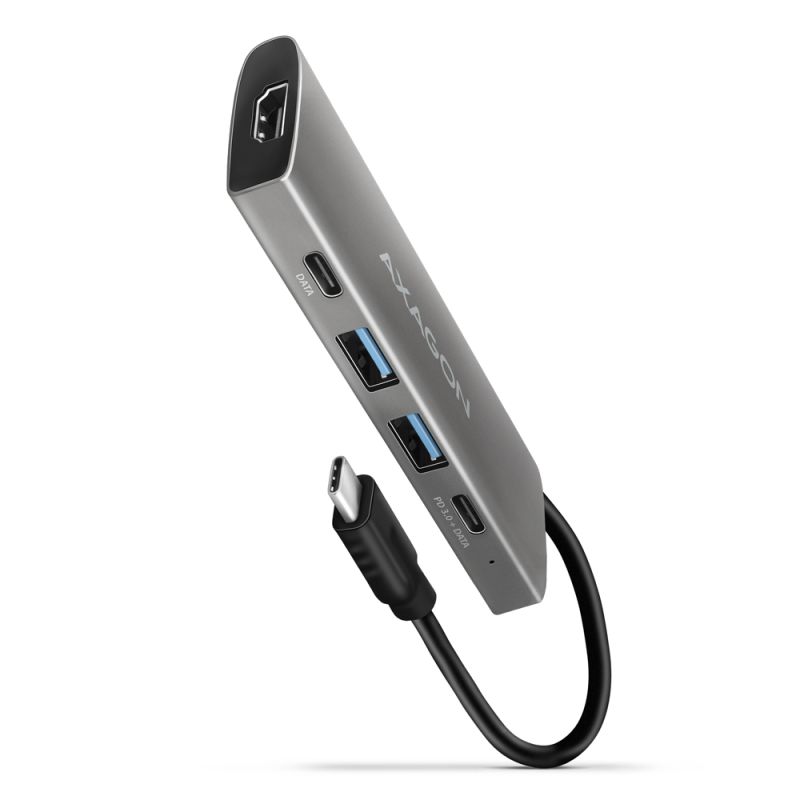
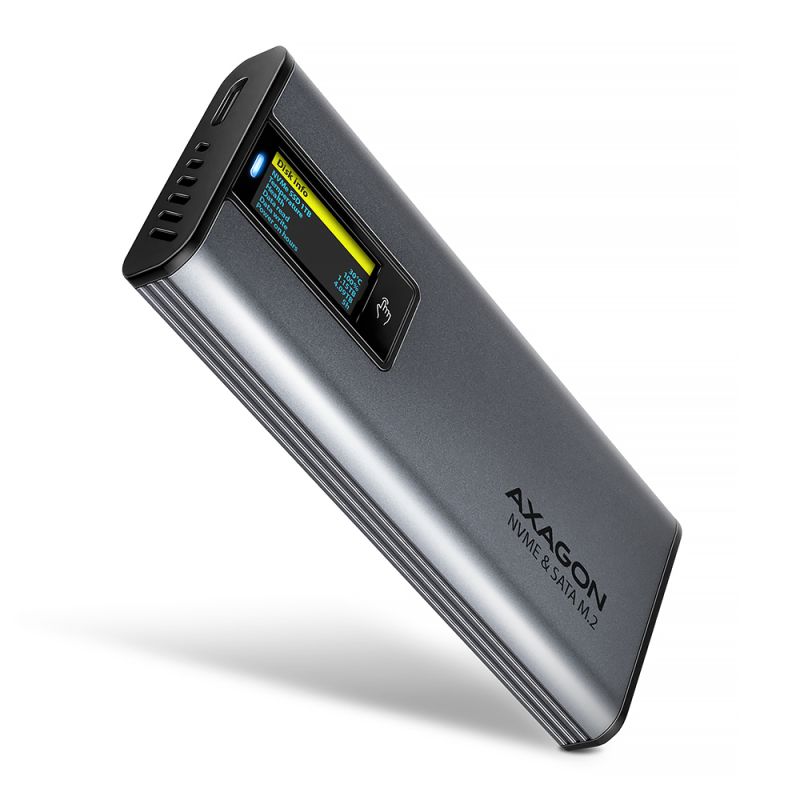
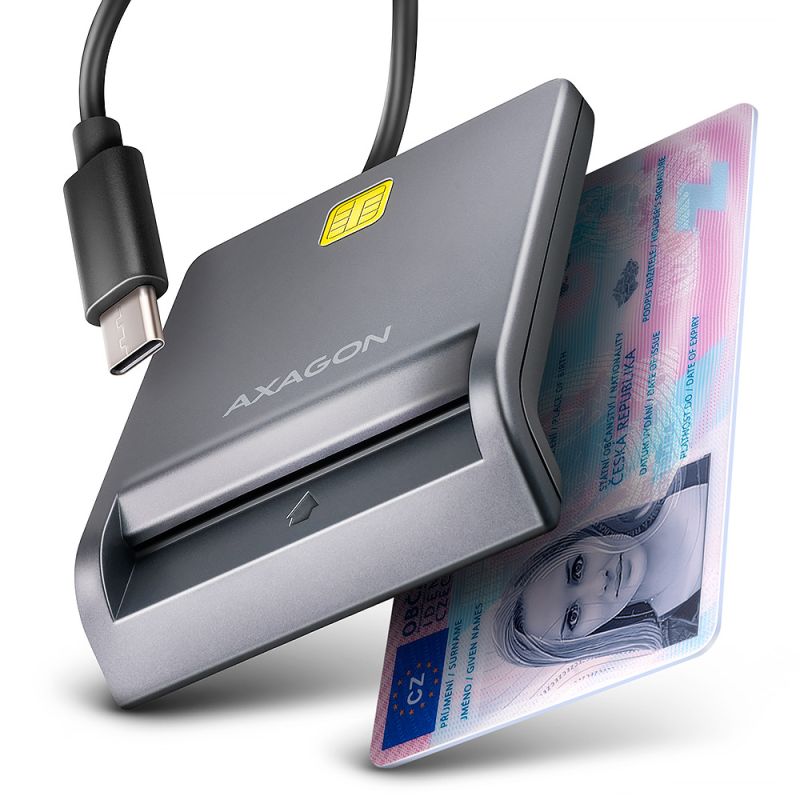
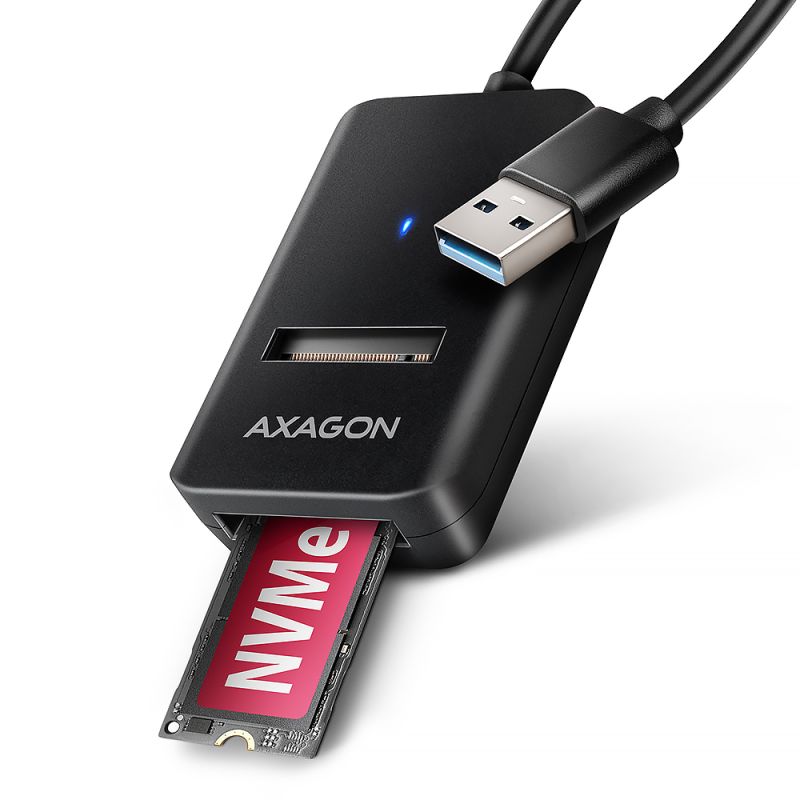











 English
English
 Czech
Czech
 Slovak
Slovak
 German
German
 Hungarian
Hungarian
 Polish
Polish


